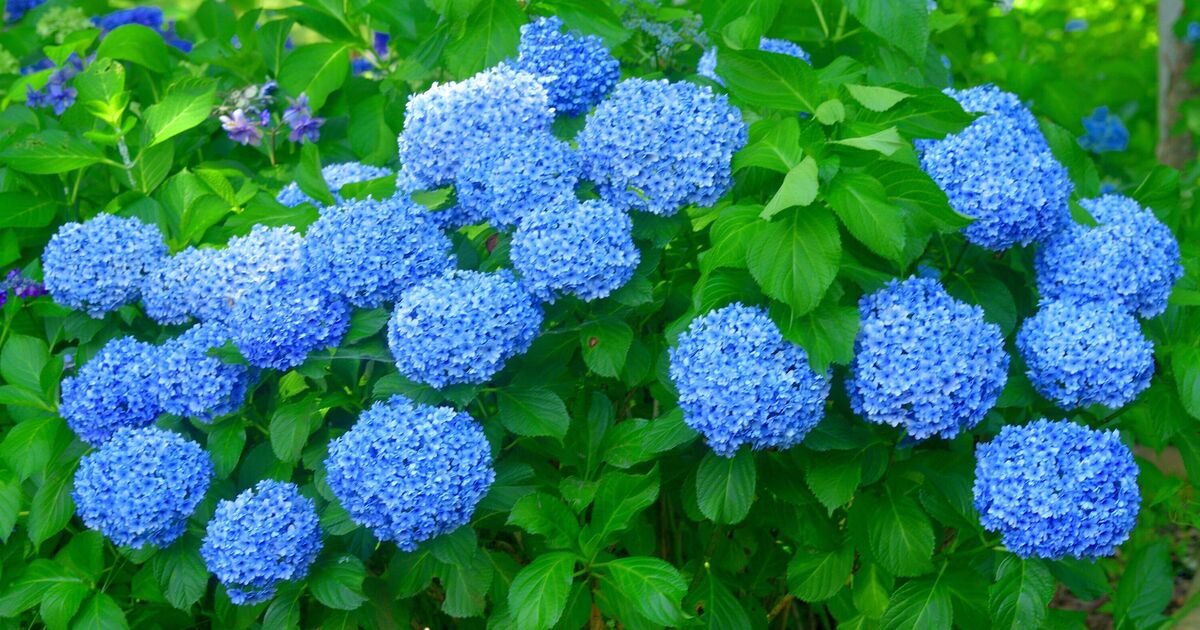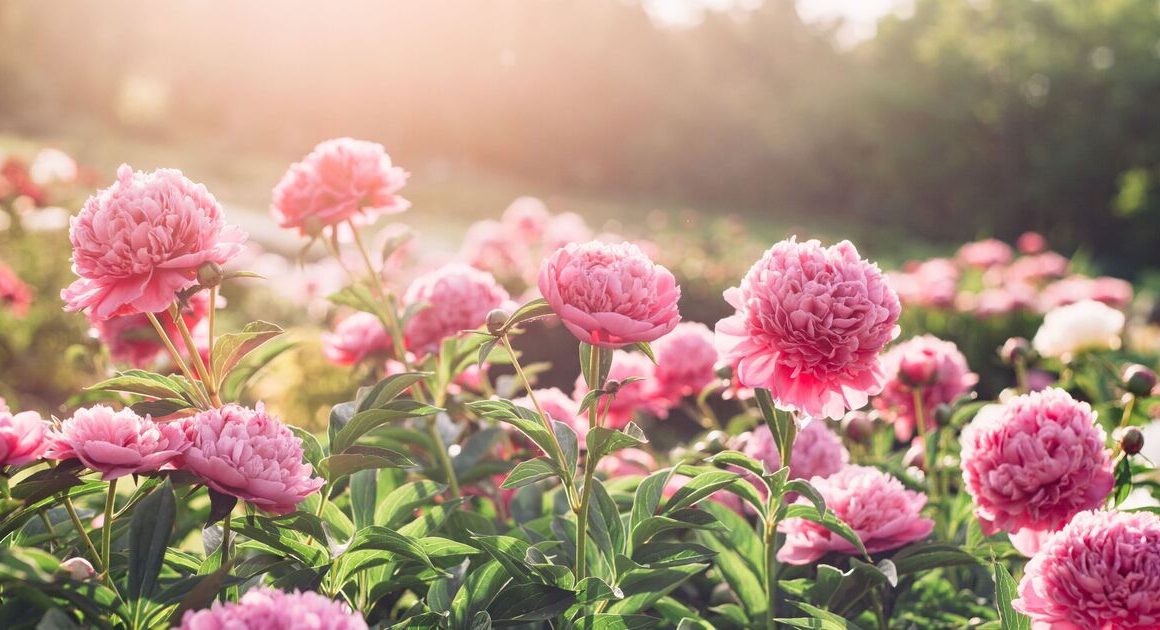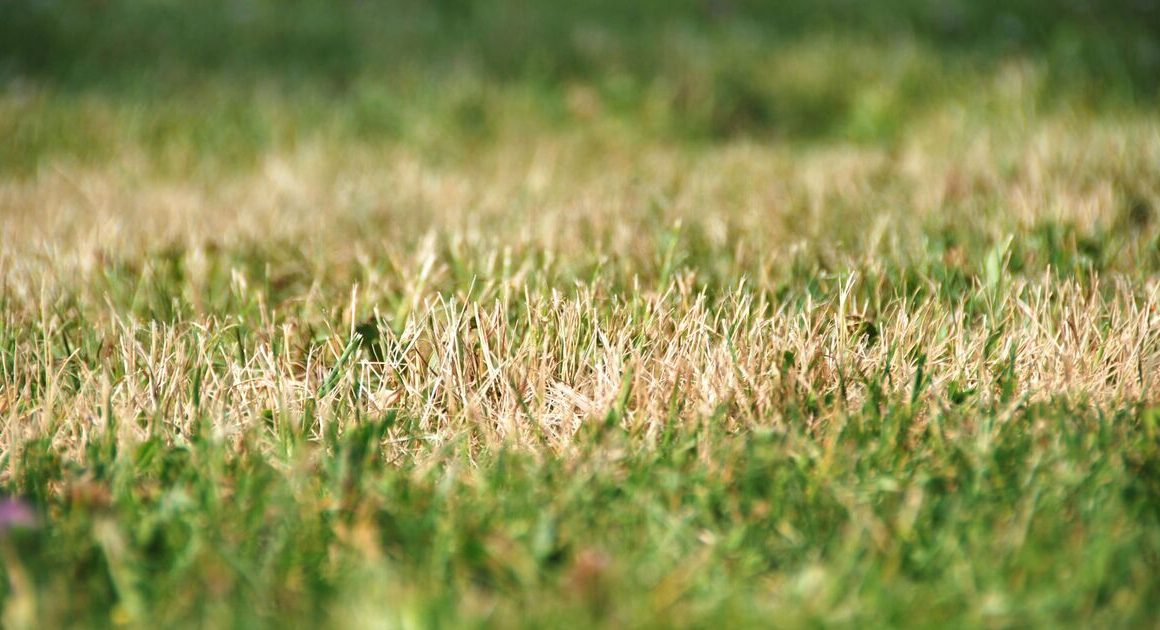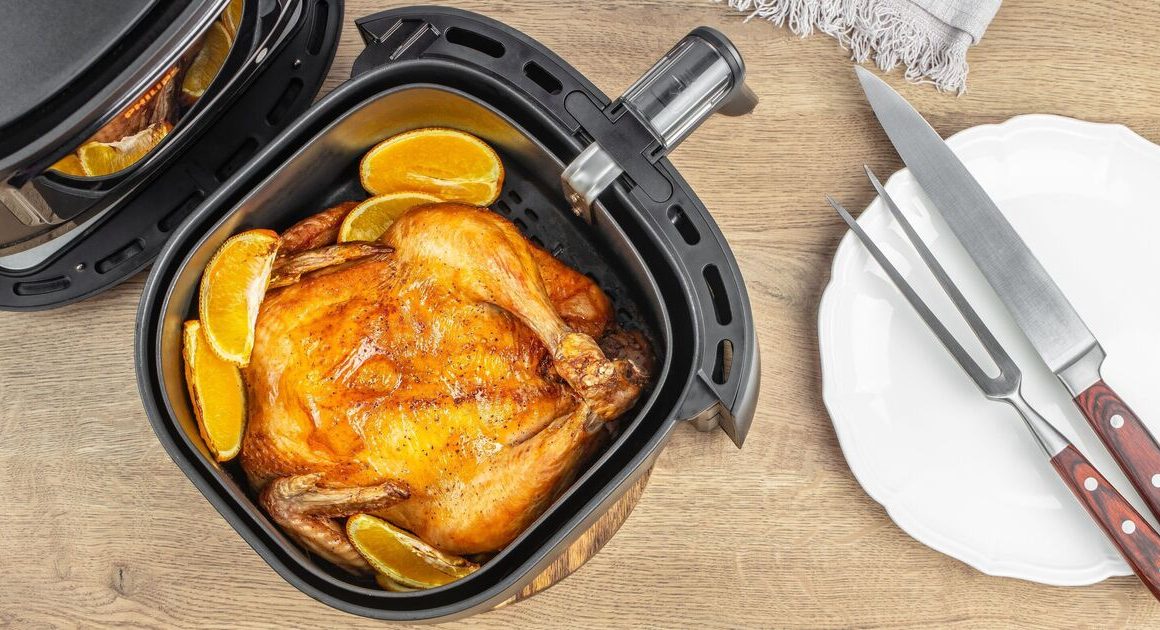Hydrangeas are a classic garden shrub with ribbed green leaves and classic blowsy flowers throughout the summer.
This plant is both iconic and surprisingly easy to look after with some careful pruning to get the best out of them.
Hydrangeas give a real show of huge flowers for months during the summer. However, it is only the case when they are pruned “at the right time and in the right way”, according to David Fryer, head of technical at Mr Fothergills.
To maintain their shape and prevent these fast bloomers from becoming overgrown, be sure to trim the shoots carefully.
The gardening exert urged: “You need to prune them at the right time and in the right way to maximise flowering because if you get it wrong, you can remove flower buds and you will get less flowers.
“Following these tips, you will be sure to have flowering showpiece displays for many years.”
David claimed that “the best time to prune most hydrangeas” is from late winter until the end of March before the spring growth begins – so “there really is no time like the present!”.
To get “the best results”, always prune above healthy buds to avoid die back – the progressive death of a plant’s shoots, stems, or branches.
You can safely remove all dead shoots but be careful as how much you cut the healthy stems depends on how vigorous your hydrangea is and what type you have.
Mopheads and lacecap hydrangeas (hydrangea macrophylla) flower on older wood, not new growth so you need a balance. Cut down a few older shoots to encourage new growth and trim the rest to the desired shape and size.
If you have the peegee hydrangea or the smooth hydrangea, these both produce flowers on new growth and can be pruned back to a framework of branches, cutting last year’s stems to one or two pairs of healthy buds, which will grow flowering shoots for the new season.
Climbing hydrangeas (hydrangea petiolaris) are best pruned back as soon as possible after flowering in summer.
If your hydrangeas are looking “a little worse for wear”, David claimed you can “save the day” by cutting back hard near the base of stems. He said: “This may well give them a new lease of life.”
While you might not get many flowers this time around, they “will be back the following year”.
After pruning, David instructed: “Make sure your blooms are well fed with a balanced fertiliser, and pop a fresh mulch of compost or leaves to retain ground moisture.”












